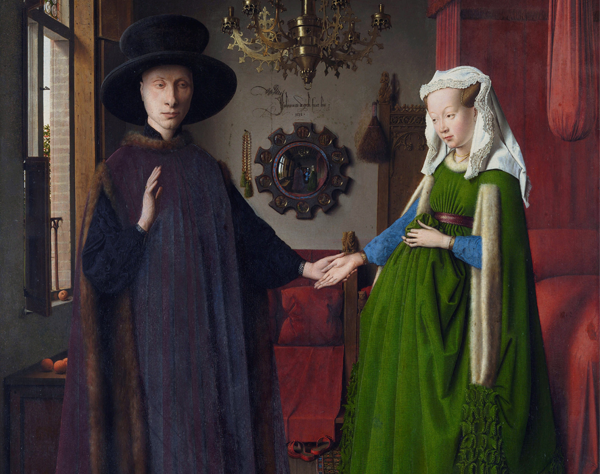Schulze Marriage Register, 1806–37
Published in Features, Issue 2 (March/April 2020), Volume 28By Fiona Fitzsimons
Between 1697 and 1749 the Irish parliament passed a series of acts to restrict interfaith marriages. The laws were squarely aimed at the ‘political nation’—those who owned property and participated in public life. By and large, everyone else was left to their own devices when it came to a formal marriage ceremony. The wider social question of ‘irregular marriages’ was not addressed.
Into this breach stepped ‘couple-beggars’. Couple-beggars were ordained ministers of all denominations who earned their living by performing church rites—particularly marriages—for a fee. They were cheaper than regular clergy and required less formal arrangements. In Dublin in the early 1800s, notorious couple-beggars included Fr Matthew Harris, a Catholic priest; Revds Joseph Wood and Benjamin Hobart, both Church of Ireland; Revd John Caldwell, a Presbyterian; and Revd J.G.F. Schulze, a Lutheran.
The Schulze Marriage Register, 1806–37, is the only surviving record of a couple-beggar ministry for Ireland. During Schulze’s tenure, the Lutheran Church in Dublin was overwhelmingly used by people from outside the congregation. It is probable that Schulze become a couple-beggar as his Dublin congregation declined. At this time Dublin was still the second city of the Empire, a garrison town and a great commercial and communications centre. Schulze’s church on Poolbeg Street was situated off the city quays, where ocean-going sailing-ships moored. The register provides evidence of people on the move: we find merchants and sailors from Scandinavia, Germany and America, soldiers, police officers and at least one English coastguard.
The register documents the urban poor from Dublin city and county but the evidence it contains is scant: names and date of marriage, with only occasionally place of origin or residence, or occupation. Unless a name is unusual, it can be difficult to trace these families in other sources. Rather unexpectedly, we find evidence of people of property in the registers. Schulze recorded plenty of ‘esquires’ and ‘misses’, indicating that the church’s clientele were not only drawn from the labouring classes. Where he recorded someone of a ‘gentle’ social status he included their county, or sometimes even parish, of origin. We find people from outside Dublin, including counties on the west coast.

In 1870 the government acquired the register and deposited it with the General Register Office in Roscommon. Poor accessibility has in the past discouraged researchers from using it. In 2015 Harry McDowell of Dundalgan Press published a complete transcript as Irregular marriages in Dublin. Sadly, as the book was published to order, his death in 2018 and the consequent closure of the press closed off that source. Fortunately, the Schulze Register will be published on-line later this year on www.irishgenealogy.ie.
Fiona Fitzsimons is a director of Eneclann, a Trinity campus company, and of findmypast Ireland.
















